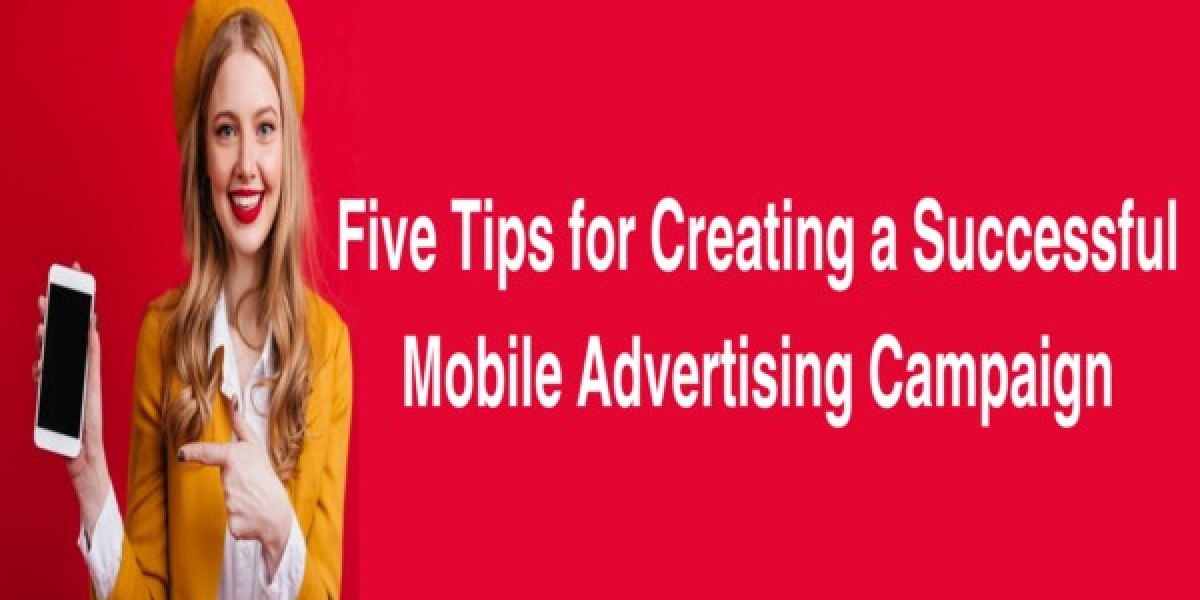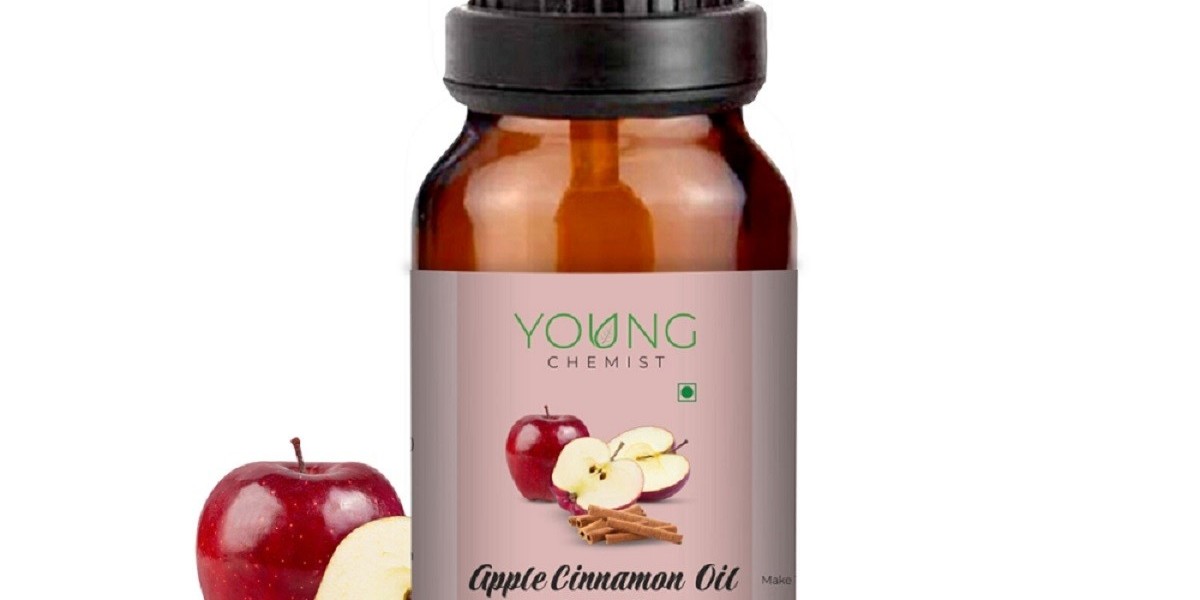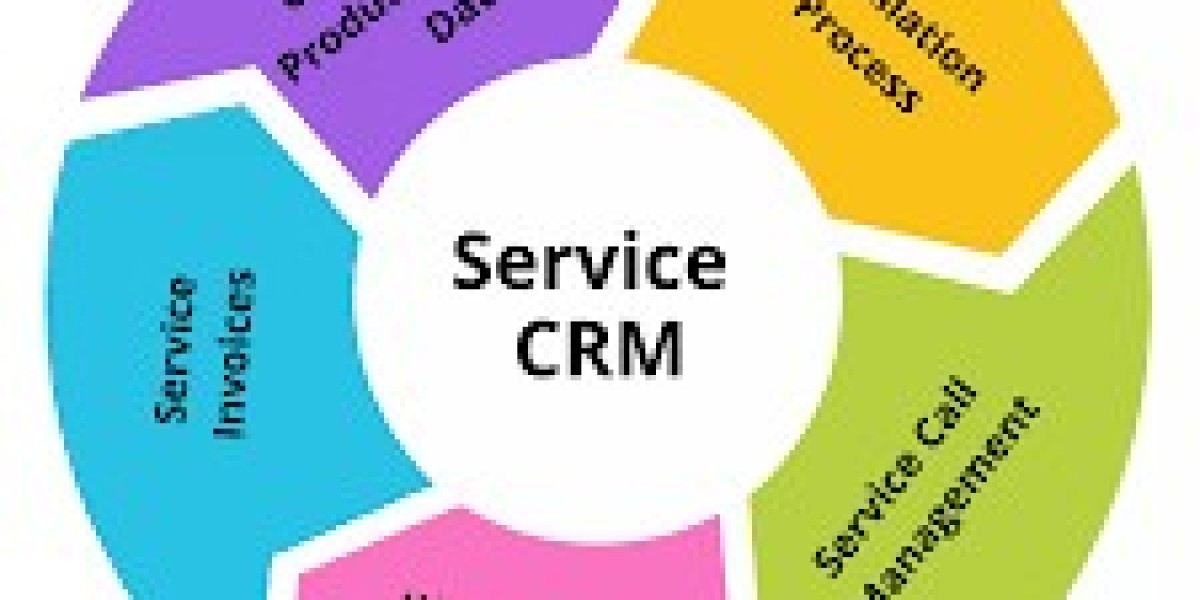The mobile advertising landscape is experiencing unprecedented growth, driven by the rapid adoption of smartphones and mobile internet. By 2032, the global mobile advertising market is projected to skyrocket to USD 1,040.08 billion, driven by a CAGR of 21.8%. This marks a significant leap from its valuation of USD 175.62 billion in 2023 (Source: Fortune Business Insights).
Statista also predicts that global digital ad spending will surpass USD 870.85 billion by 2027, with a significant portion allocated to mobile channels. These figures underscore the crucial role mobile advertising plays in modern marketing, making it indispensable for brands seeking to engage today’s always-connected, mobile-first consumers.
Advertisers must adapt their strategies to stay competitive as media consumption shifts to mobile devices. In markets like the US, people are spending more time on their phones, engaging with apps, social media, video content, and shopping platforms. Mobile has evolved from a supplementary touchpoint to the primary engagement channel for many consumers, positioning mobile advertising at the forefront of digital marketing strategies.
By 2026, digital ads are expected to account for 72.5% of global ad spending, highlighting the growing importance of mobile campaigns that allow brands to connect with consumers wherever they are, whether at home, commuting, or shopping. This marks an increase from over 60% of global ad spending in 2022 (Source: Voicebooking).
Despite the rapid growth and importance of mobile advertising, creating successful campaigns presents several challenges. Audience fragmentation, ad fatigue, privacy regulations like GDPR and CCPA, and the complexity of data analytics are significant hurdles. Consumers are spread across numerous apps, social media platforms, and websites, making precise targeting essential but difficult. Additionally, the constant barrage of mobile ads can lead to ad fatigue, while stringent data privacy laws complicate personalized targeting.
To overcome these challenges, businesses are turning to powerful mobile advertising platforms. For example, moLotus mobile video customer interaction platform offers personalized, interactive, and spam-free campaigns delivered directly to handsets, bypassing apps and data plans. It enables brands to create cost-effective, hyper-personalized campaigns for lead generation, customer acquisition, and more, with real-time analytics and near-zero cost per interaction.
Meta Ads (Facebook and Instagram) continues to be a popular choice due to its massive global user base and advanced targeting options. Meanwhile, WhatsApp, also owned by Meta, allows brands to communicate directly with customers through personalized messages. Google Ads offers a range of mobile formats, including click-to-call and mobile video ads, making it ideal for businesses targeting users on the go. TikTok, with its mobile-first focus and younger audience, enables brands to create short, engaging videos that resonate with Gen Z and Millennials.
This article will provide five essential tips for creating a successful mobile advertising campaign, helping businesses harness the power of mobile to engage today’s on-the-go audience effectively.
1. Unlocking Wider Reach
Reaching the right audience has become a paramount challenge for advertisers and agencies in ad campaigns. The proliferation of ad platforms has led to audience fragmentation, with customers engaging across many devices, websites, social media platforms, and multiple streaming services. This fragmentation makes it increasingly difficult to reach target audiences using traditional mass campaigning strategies.
To overcome this challenge, advertisers must adopt a data-driven approach to campaign management. Utilizing advanced audience segmentation techniques based on demographics, interests, behaviors, and psychographics, they can pinpoint and target specific audience segments with precision. Research shows that high-performing advertisers leveraging data-driven targeting through mobile platforms outperform their competitors significantly.
A wide range of mobile marketing tools can help advertisers optimize their campaigns for maximum reach and impact. Platforms like Google Ads, HubSpot, AdColony, Facebook, and the emerging leader moLotus provide robust customization capabilities. moLotus, in particular, stands out for its ability to create hyper-targeted campaigns based on user preferences, demographics, language, and more. This granularity in targeting, combined with nationwide reach, positions moLotus as a top choice for advertisers and agencies, making it a powerful tool for reaching fragmented audiences.
As mobile devices continue to dominate consumer habits, tapping into this vast user base is essential for lead generation and conversions. moLotus allows advertisers to reach broader audiences by delivering personalized messages directly to all mobile handsets, irrespective of device type. Its spam-free, app-independent functionality ensures highly effective engagement with mobile audiences, providing advertisers with a direct path to unlocking the potential of mobile advertising.
2. Engaging Audiences with Rich Media
Crafting compelling content is the cornerstone of a successful mobile advertising campaign. Engaging content that resonates emotionally with consumers, whether through videos, infographics, or interactive formats, plays a pivotal role in capturing and maintaining their attention.
Advertisers should focus on developing a consistent content strategy featuring a mix of rich media formats. Rich media ads, such as videos, slideshows, and interactive banners, are highly effective in boosting engagement. According to a report by Celtra, rich media ads boast an average engagement rate of 12.8%, making them a powerful tool for maximizing user interaction.
Mobile advertising platforms like moLotus empower advertisers to harness the full potential of multimedia content by offering various formats, including video ads, brochures, and slideshows. moLotus allows advertisers to easily integrate pictures, voice-overs, music, and other rich media elements into campaigns. These multimedia formats offer a cost-effective, immersive, and interactive experience for customers, elevating engagement.
Other platforms like Facebook and Instagram Ads also provide a range of rich media formats, including video ads, carousel ads, and interactive posts. These allow brands to deliver dynamic and engaging content, from live videos to real-time stories, fostering deeper connections with smartphone users. However, advertisers must be mindful of changing algorithms and privacy regulations that may affect their reach.
Google Ads, through its display network, offers rich media formats such as animated banners, video ads, and interactive HTML5 ads, ensuring visually appealing content for diverse mobile-first audiences. YouTube, another Google platform, is an ideal space for sharing longer, more detailed video content, though factors like ad blockers and high competition can impact performance.
By leveraging these rich media formats across various platforms, advertisers can craft a comprehensive and captivating digital campaign strategy that resonates with today's mobile-first consumers.
3. Boosting Campaign Impact Through Personalization
In the crowded advertising landscape, personalizing communication is key to making campaigns more effective and driving higher engagement. Consumers today expect personalized experiences tailored to their preferences, behaviors, and interests. By delivering targeted, relevant messages, advertisers can capture attention more effectively and foster deeper engagement with their audience.
Platforms like moLotus excel in personalization by delivering tailored mobile videos directly to users' inboxes. Using telco subscriber data, moLotus hyper-personalizes campaign messages with personal details such as names, preferences, and addresses, resulting in highly engaging, spam-free content. This personalization boosts engagement rates and ensures that consumers receive messages that are meaningful to them, enhancing campaign performance.
Similarly, Google Ads leverages data-driven insights to personalize ad content based on user search behavior, browsing patterns, and YouTube interactions. This targeted approach allows advertisers to deliver messages that align with user interests, increasing engagement and conversion rates.
Meta Ads, through platforms like Facebook and Instagram, utilizes its vast user data to deliver personalized ad experiences. Advertisers can create tailored campaigns based on demographics, interests, and behavior, ensuring their message reaches the right audience at the right time.
TikTok's algorithm excels at serving personalized campaigns to its users, especially younger audiences. By identifying user preferences, TikTok delivers relevant, viral content that captures attention and increases interaction, making it a powerful tool for brands looking to engage first-time buyers or younger consumers.
By leveraging these powerful personalization tools, advertisers can create more meaningful, engaging campaigns that resonate with their audience and drive higher ROI.
4. Using Interactive Features to Amplify Mobile Campaigns
For advertisers and brands, incorporating interactive elements into digital ads can significantly increase engagement and enhance campaign effectiveness. Each mobile advertising platform offers unique interactive features that cater to different aspects of user engagement.
Facebook Ads leverage interactive formats such as polls, quizzes, and live videos to engage audiences, encouraging participation and providing immediate feedback. These interactive tools can drive higher engagement, but their effectiveness may be affected by algorithm changes, privacy concerns, and shifting platform policies.
WhatsApp has grown into a vital tool for mobile marketing, offering direct communication with users through WhatsApp for Business. Brands can use the platform’s interactive features, such as quick replies, catalogs, and product showcasing, allowing customers to interact with businesses in real-time. WhatsApp’s direct, personal approach enhances engagement, especially in customer service and transactional communication.
moLotus provides advertisers with an extensive range of interactive capabilities designed to boost engagement. Brands can incorporate rapid response options including SMS, mgram, call, web, URL, USSD, etc., enabling immediate interaction. These features allow customers to respond to offers, sign up for events, or visit websites directly from their mobile inboxes. The seamless interaction experience offered by moLotus results in higher engagement rates and more meaningful user interactions, making it a standout platform for creating impactful mobile campaigns.
Google Ads offers interactive ad formats like click-to-call and video ads with embedded links, allowing users to engage by making a phone call or clicking to learn more. However, Google Ads can be limited by its reliance on internet connectivity, high competition, and reduced interaction when users are not actively browsing online.
TikTok promotes user participation through challenges and interactive video content, driving campaign virality, particularly among younger demographics. While TikTok’s platform is great for engagement, its short-form video format and focus on entertainment content may make it difficult for brands to deliver in-depth messages.
By utilizing the interactive features offered by these platforms, mobile ad campaigns can boost engagement and interaction, ultimately leading to better results.
5. Achieving High Impact Within Budget Constraints
Budget constraints are a major challenge for advertisers and agencies aiming to optimize their campaigns without overspending. Traditional advertising methods like television, radio, and print media often come with high costs, which can severely limit the reach and frequency of ads, especially for businesses with limited advertising budgets. While these channels offer broad audience exposure, their higher cost-per-impression and inability to hyper-target specific audience segments often lead to a lower return on investment (ROI).
To address budget limitations, many advertisers turn to digital platforms like Google Ads, WhatsApp, and Meta Ads (Facebook and Instagram) due to their extensive reach and advanced targeting options. However, these platforms come with their cost management challenges. For instance, Google Ads and Meta Ads can become expensive, particularly in competitive industries or during peak advertising seasons. Competing for key search terms or prominent ad placements escalates costs, and social media platforms hike rates in verticals such as realty, ecommerce, automotive, and healthcare. Additionally, the rising demand for influencer marketing on platforms like YouTube and Instagram often stretches budgets, as influencers with large followings command high fees for sponsored content.
In contrast, moLotus provides a highly cost-effective and efficient alternative for advertisers. The platform allows businesses to deliver personalized, interactive ads directly to mobile devices without relying on third-party apps or data plans. This direct-to-mobile approach enables advertisers to reach a wide audience, including hard-to-reach mobile users, while keeping costs low.
moLotus's ability to bypass app-based platforms not only reduces ad spend but also ensures messages are delivered straight to consumers’ mobile inboxes, regardless of their device. With its capacity for hyper-personalization—tailoring ads based on preferences, location, and demographics—moLotus drives higher engagement, better conversion rates, and more efficient use of advertising budgets.
While platforms like Google Ads, Meta Ads, and WhatsApp offer vast reach, their rising costs can limit accessibility for advertisers on tight budgets. Exploring alternatives like moLotus can help advertisers optimize their spending and maximize campaign impact.
Conclusion
Mastering mobile advertising is essential for brands seeking to thrive in today’s competitive landscape. By employing strategies such as precise audience targeting, engaging rich media, personalized content, and interactive features, advertisers can significantly enhance their campaign performance. Platforms like moLotus, Google Ads, Meta Ads, and WhatsApp provide diverse options to address budget challenges while maximizing impact. Ultimately, a thoughtful approach to mobile advertising, leveraging the right platforms and tools, will allow businesses to engage mobile-first consumers more effectively and achieve a higher return on investment.









